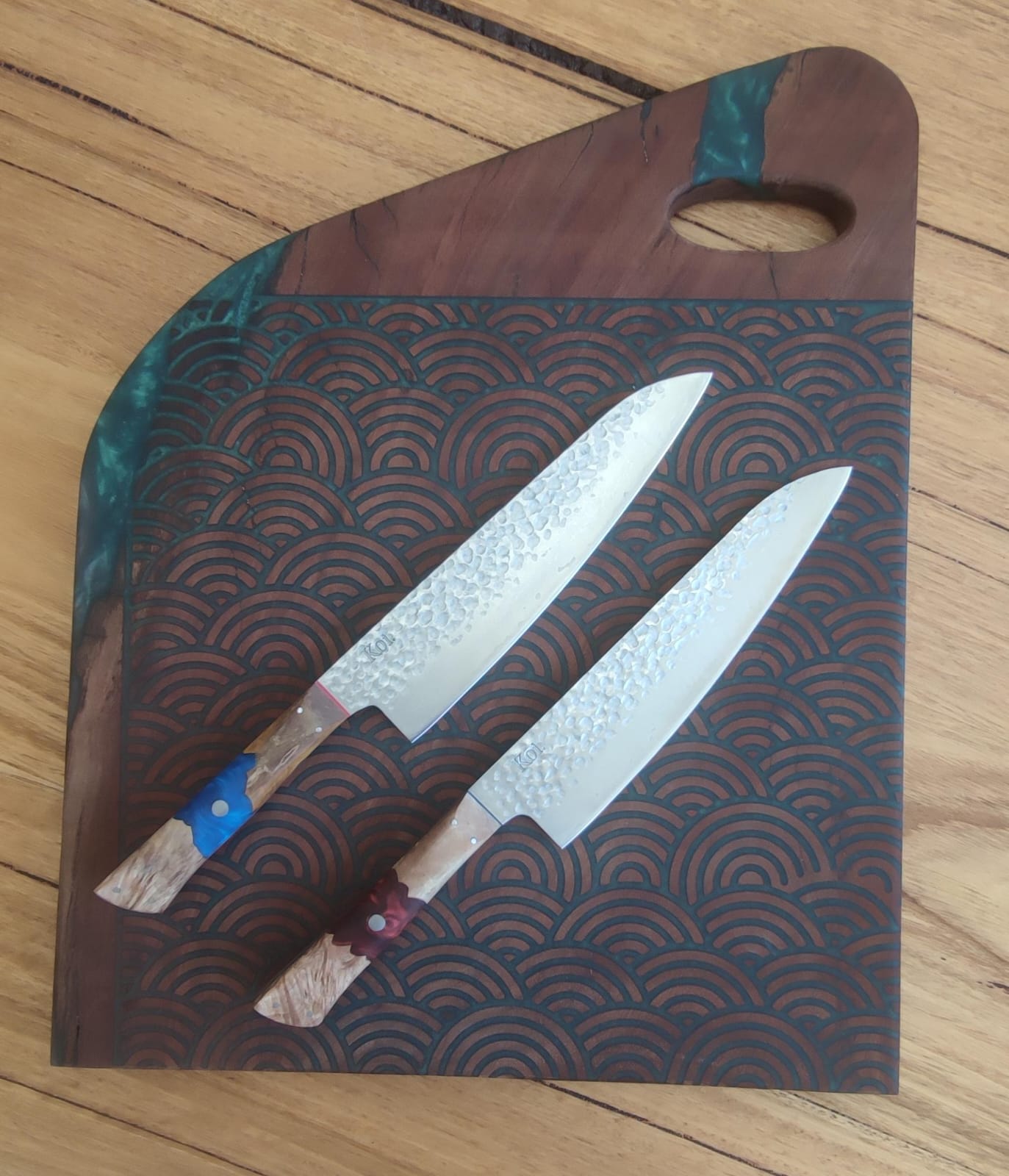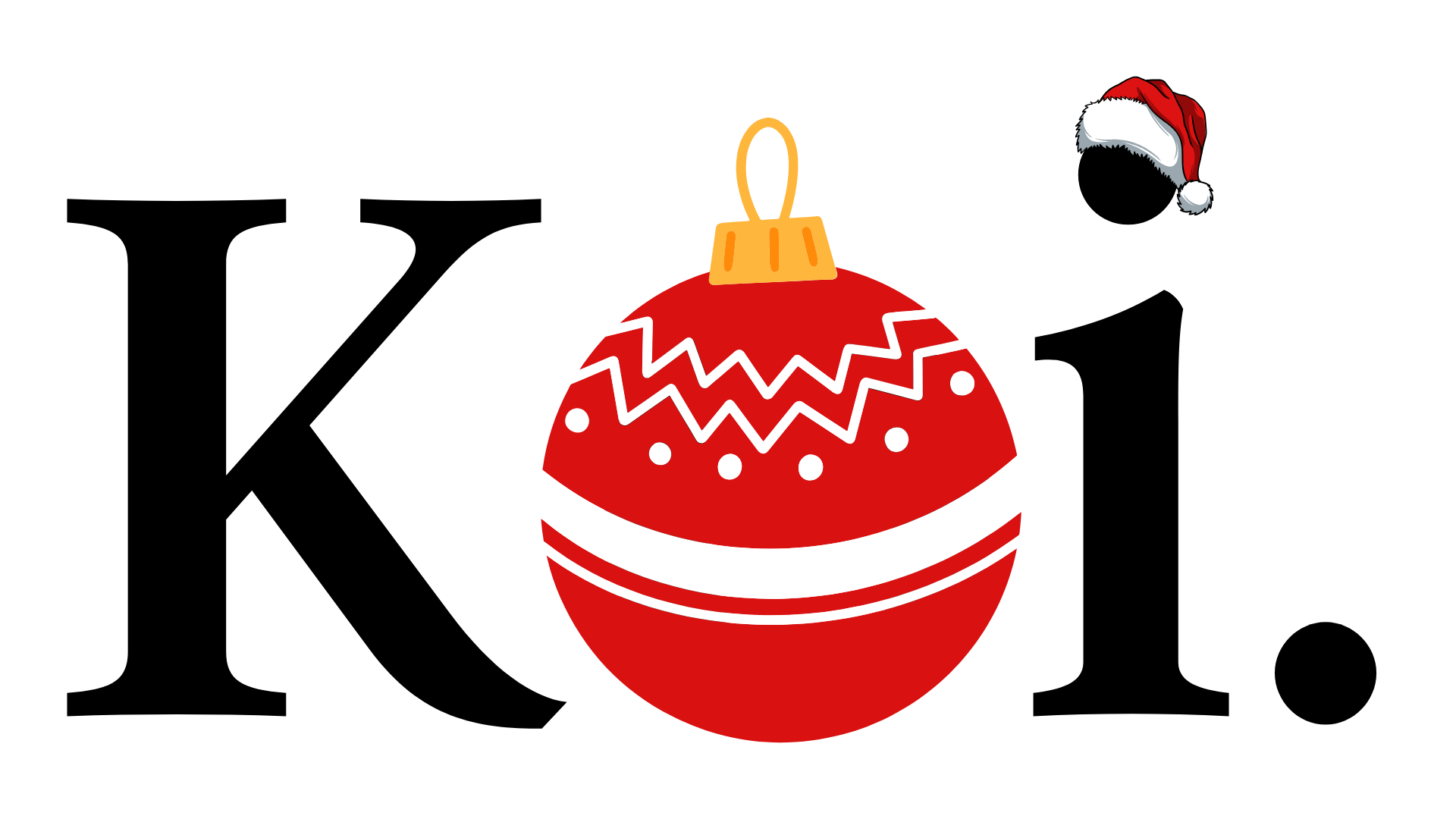
It's helpful to know what is what when you are describing what you want. Below is a simple overview of the different parts of a knife......
Knife Tip
The tip is the first one third of the blade. For most knives this is the most commonly used part of the blade which implies it's importance. The tip is usually used for common cuts like slicing onions and carrots. The longer the blade the longer the tip.
Knife Belly
Much like ourselves the belly is the middle part of the blade (the next part after the tip). This area is used for chopping and should be sharpened regularly.
Knife Blade
The blade describes the full body of the knife beyond the handle. Blades can vary greatly with the size ideally being matched with the ingredient cut (massive blade length for an enormous tuna fish for example). The blade edge also varies dependent on ingredient (most common is straight however a tomato slicing or bread cutting knife will have serration).
Knife Heel
The heel is the part of the blade closest to the handle. It tends to be used for tougher chopping as it is the part of the blade with the thickest width and weight.
Knife Handle
The handle is the part of knife you hold. The handle is a critical part of the knife which determines how comfortable it is to you - so test the knife handle in your hand to determine the best handle (everyone's hands are different so different people like different handles).
Knife Rivet
Small and circular rivets go through the handle of the knife to hold it in place (Some people call rivets pins).
Knife Point
The point is the very edge of the knife. The point is important for boning knifes like the Honesuki (Japanese) knife.
Knife Spine
The spine is the top of the blade. If you are looking to chop an aged coconut we should use the spine of the knife so as to save the sharpened edge for pretty much everything else.
Knife Bolster
The bolster is the part of the knife between the handle and the blade. The bolster is used to balance the weight of the knife and usually made from steel which can also be contoured to improve the holding position.
Knife Tang
Tangs can come in two ways, half tang or full tang. A full tang follows the shape of the handle and had scales on both sides to form the handle. A half tang, generally on Japanese knives is a square steel section that fastens to the handle. Given it's called a "Tang" it matches the maiden name of my wife - which makes it the most important part of the knife (my wife is a full Tang).
Knife Scale
The scale are the two pieces either side of the tang. Some knives use a single piece handle whilst some have scale. Most western knives have the scale and Japanese knives have a single piece handle.




